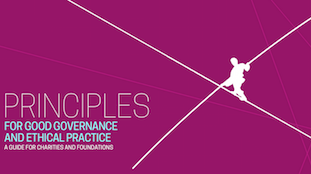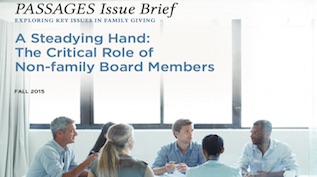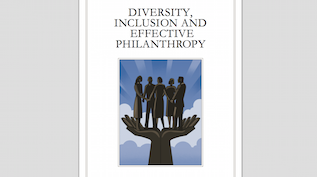What I wish my parents had told me: An interview with Susan Packard Orr
Posted on October 13, 2016 by Virginia M. Esposito, Susan Packard Orr

Susan Packard Orr of the David and Lucile Packard Foundation describes the seven key things she wishes her parents had told her about their philanthropic goals and dreams in hopes that other families may see the value in discussing these issues while the founders are still present. … Read More








